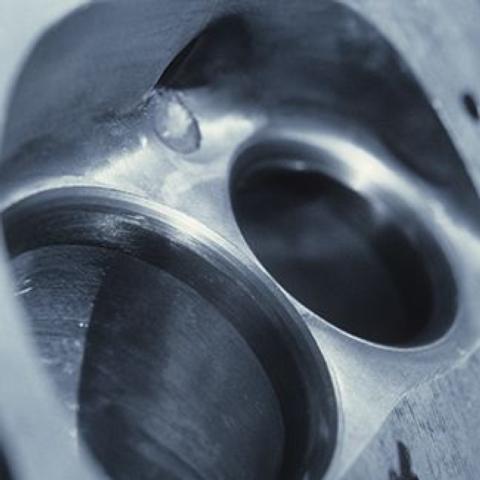Over the past 50 years, hundreds of tests have been conducted on zMAX Micro-lubricant. Many have been consumer tests using the product in everyday situations. Industry test protocols have also been conducted in our own laboratory and by independent labs around the country.
Laboratory tests conducted on zMAX are based on accepted protocols as directed by the Society of Automotive Engineers (SAE) and the American Society of Testing and Materials (ASTM). zMAX requires a "soak-in" period in order to achieve maximum benefit, therefore, when necessary, the protocols have been modified only to include this "soak in" period for zMAX.
SAE J1321 - designed to measure fuel economy changes of in-service vehicles.
Auger Electron Spectroscopy - designed to measure the penetration of a material into a metal subsurface.
Modified CRC L-38 - capable of measuring bearing, cylinder, piston and valve guide wear; horsepower; piston deposits; and oil deterioration.
ASTMD4172 (Four Ball Method - Prevention of Wear) - designed to measure anti-wear properties of a lubricant.
ASTM D5182 (Four Ball Method - Coefficient of Friction) - designed to measure the coefficient of friction of a lubricant.
ASTM G99 (Pin on Disc Method) - designed to measure the coefficient of friction of a lubricant.
ASTM D2174 (Block on Ring Test) - designed to measure the coefficient of friction of a lubricant.
ASTM D1748 - designed to measure rust preventive properties of metal preservation.
Modified Sequence VIII - capable of measuring bearing, cylinder, piston and valve guide wear, horsepower, piston deposits, oil deterioration, and fuel efficiency.
TEOST MHT-4 Thermo-oxidation Engine Oil Simulation Test - designed to measure and emulate deposits that would occur in the piston and ring area of a modern engine.
FTP 75 - designed to measure the emissions of a vehicle under normal city and suburban driving conditions.
BAR 90 - designed to measure the in-use emissions level of vehicles for controlling air quality.
Competitive products don't match zMAX ASTM/SAE testing. By virtue of zMAX's ability to soak into metal to disperse harmful carbon build-up, the following claims can be made that zMAX Micro-lubricant:
- Soaks into metal
- Reduces friction
- Increases horsepower
- Dissipates engine heat
- Reduces engine deposits
- By virtue of reducing carbon deposits, zMAX helps:
- Improve fuel mileage in older cars
- Improve emissions in older cars
- Maintain fuel mileage in newer cars
- Maintain emission levels in newer cars
- Reduce wear on vital engine parts
- Extend engine life

